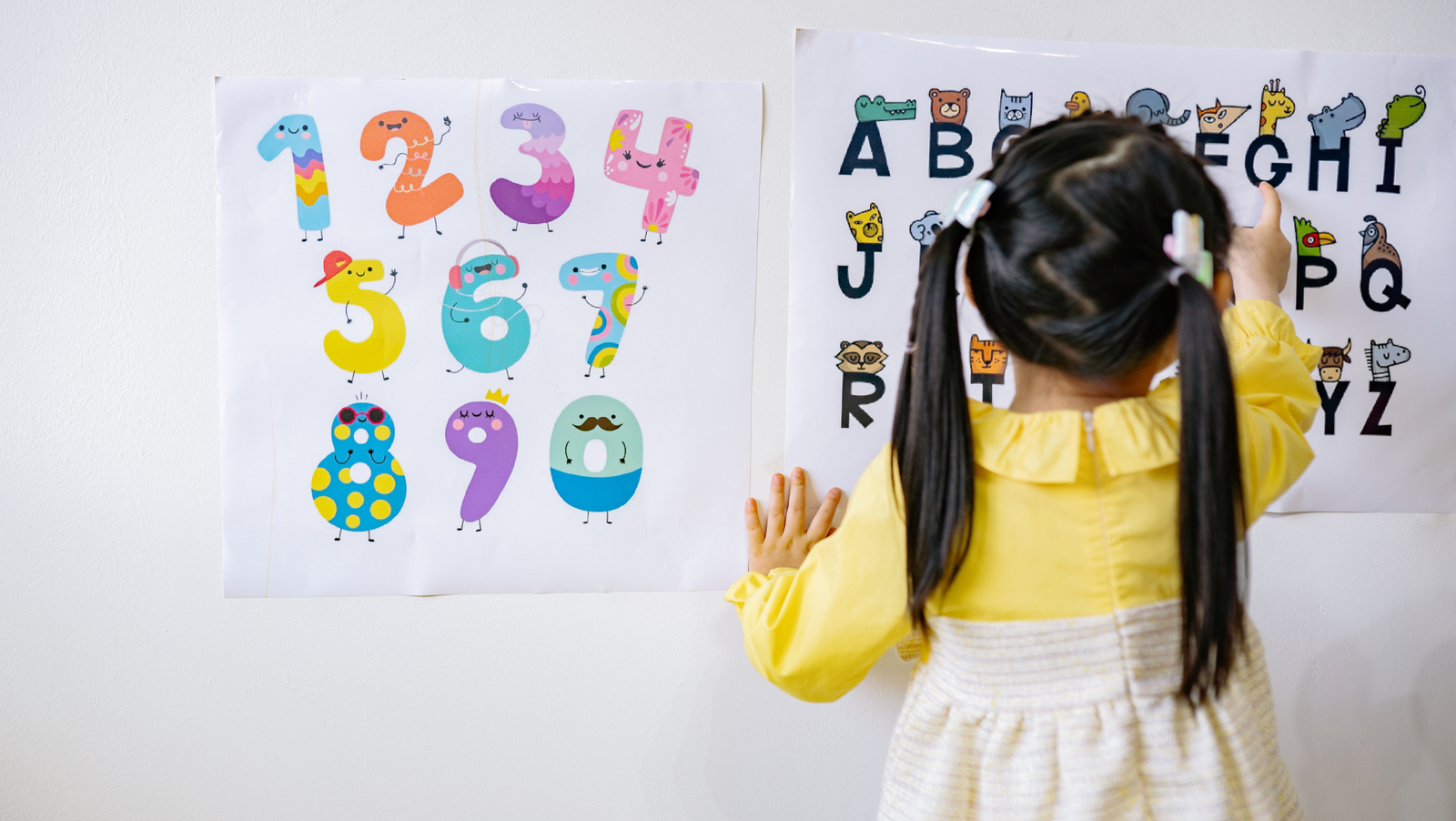ISSN-2348-8824(Print), 3048-5061 (Online) RNI No: HARENG/2021/35200 Vol, XIV, No. 2 December 2023 – March-2024 Dr. Shraddha Kapoor ABSTRACT Artificial Intelligence (AI) is reshaping most of the fields worldwide. On a daily basis, we witness the use of AI in different forms such as using ChatGPT, interacting with Alexa, watching AI-based reels on Instagram, playing AI-based educational games, welcoming the G20 delegates through AI-powered anchors and so much more. It has made its way into different fields such as healthcare, finance, transportation, and education. In the current scenario, AI is playing a key role in implementing and designing ECCE programs. INTRODUCTION Young children nowadays are growing up in a world where AI is omnipresent (Chen and Lin, 2023). This new wave of generative AI has ignited a new hope for better ECE (Yang, 2022). With all the positives, it comes with its own fear of uncertainties (Su and Yang, 2022, 2023). Some educationists and researchers support the use of AI for young children, and some highlight its negative impact and consequences for children as young as 3 years old. According to Chen and Lin (2023), in early childhood education, artificial intelligence is a ‘double-edged sword’ since it has both positive and negative consequences. Its positive implications include tailored learning, personalized interactive support, and enhanced accessibility to broader learning activities. Its negatives include overuse, privacy issues, ethical considerations, addiction, and misuse of AI. AI-powered toys and services such as PopBots, Quickdraw, among others, are designed for early childhood education to provide exciting learning experiences to learners as they engage with robots and kits and learn about them (Williams, 2018; Williams et al., 2019a,b). Young children can explore and appreciate these AI technologies in their daily lives even though they may not grasp the science behind them (Su, 2023). AI has a vital role to play in the administration, implementation and designing of Early Childhood Care and Education (ECCE) programs. Some of the potential applications of AI in ECCE are delineated hereunder. Automated Administration Tasks According to a 2018 report by the National University of Education Planning and Administration (NUEPA) titled “Involvement of Teachers in Non-teaching Activities and its Effect on Education, in government schools of our country, teachers devote approximately 19.1% of their working hours to teaching.” They are engaged in other activities such as election-related tasks, pulse polio campaigns, and maintenance mid-day meal records. AI can help teachers to focus more on interacting with their students to promote better learning outcomes by reducing paperwork, data management, and other administrative responsibilities. Content Recommendation Parents and teachers can use AI to suggest age-appropriate and instructive materials such as books, movies, and games for ensuring that children have access to high-quality resources. Data Analysis and Assessment AI can analyse vast amounts of data to evaluate the efficacy of teaching methods, identify the areas of improvement, and offer guidance to educators to modify their strategies. Early Detection and Early Intervention AI can assist in the early identification of developmental or learning difficulties in children. AI systems can identify potential issues by analysing the learning patterns of the learners for enabling timely intervention and support. Educational Games and Apps AI-powered apps and games for learning can provide interactive and fun-filled learning experiences to young children. These apps make learning enjoyable for the learner’s progress and offer personalised feedback. Monitoring and Safety AI can assist in keeping an eye on children in educational environments to ensure their safety and wellbeing. It can be utilized for facial recognition for attendance, security-based monitoring, as well as for obtaining alerts related to unusual activities. Parent-Teacher Communication AI-powered chatbots can help parents and teachers to communicate and work together as partners by providing regular updates on the progress of the learners. This platform can be used for addressing their queries. Parents can also keep a watch on the performance of their child by signing in the platforms being used by the child. Personalised Learning By determining each child’s needs and adapting the educational material to cater to those needs, AI can be used to design individualized learning experiences for each learner. Through tailor-made learning experiences, children can learn at their own pace for maximizing their potential. Speech and Language Development The development of speech and language can be aided by AI-driven speech recognition and language processing technology. AI can help in children’s speech development, proper pronunciation, and improved linguistic comprehension. Virtual Teachers and Tutors AI can function as virtual teachers or tutors by assisting students with their assignments, responding to queries, and explaining diverse topics. Virtual tutors can aid beyond the regular classroom hours. While AI can have multiple advantages, it should be utilized in tandem with the expertise and guidance of parents and teachers. Effective use of AI in early childhood care and education requires collaboration, evaluation, monitoring, and ethical considerations. In order to ensure the appropriate and efficient use of technology for promoting children’s overall development, parents and teachers should work together as partners. Parents and teachers can work collaboratively for maximising learning outcomes in AI-based early childhood care and education. Role of Parent-Teacher Partnership for Ensuring Effective Use of AI Tools Collaboration and Guidance To ensure that children’s interactions with AI-based educational tools are positive and in line with educational goals, parents and teachers should work together to guide these interactions. Data Privacy and Ethical Considerations Children can gain a thorough understanding of the ethical issues surrounding artificial intelligence. They may learn about issues such as data security, fairness, and transparency to make sure that they are responsible consumers of AI technology (M, M. 2023). Both parents and teachers can foster ethical AI usage by educating kids about critical thinking values and ethics as well as by building the foundation for their interactions with AI systems. Enhancing Learning Experiences According to a research by Su and Yang, 2022, AI has considerably enhanced children’s abilities in areas such as creativity, emotion regulation, collaborative inquiry, literacy, and computational thinking. Teachers can incorporate AI-based tools and resources into the curriculum in order to enhance
The holistic development of children in their early years is of utmost importance as it lays the foundation for their lifelong learning and well-being.
The paper explores the integration of the Pancha Kosha framework, inspired by ancient Indian philosophy, into contemporary pre-school education.
This paper explores the integral role of play, creativity, and art modalities in early childhood development and education.
In order to create a world where peace is a choice over conflict, we need to imbibe the value of peace right from the beginning.
The ability to read and write, and perform basic operations with numbers, is a necessary foundation for life long learning.
This paper argues and advocates the use of the Design Thinking approach for school education with a special focus on inclusivity.













